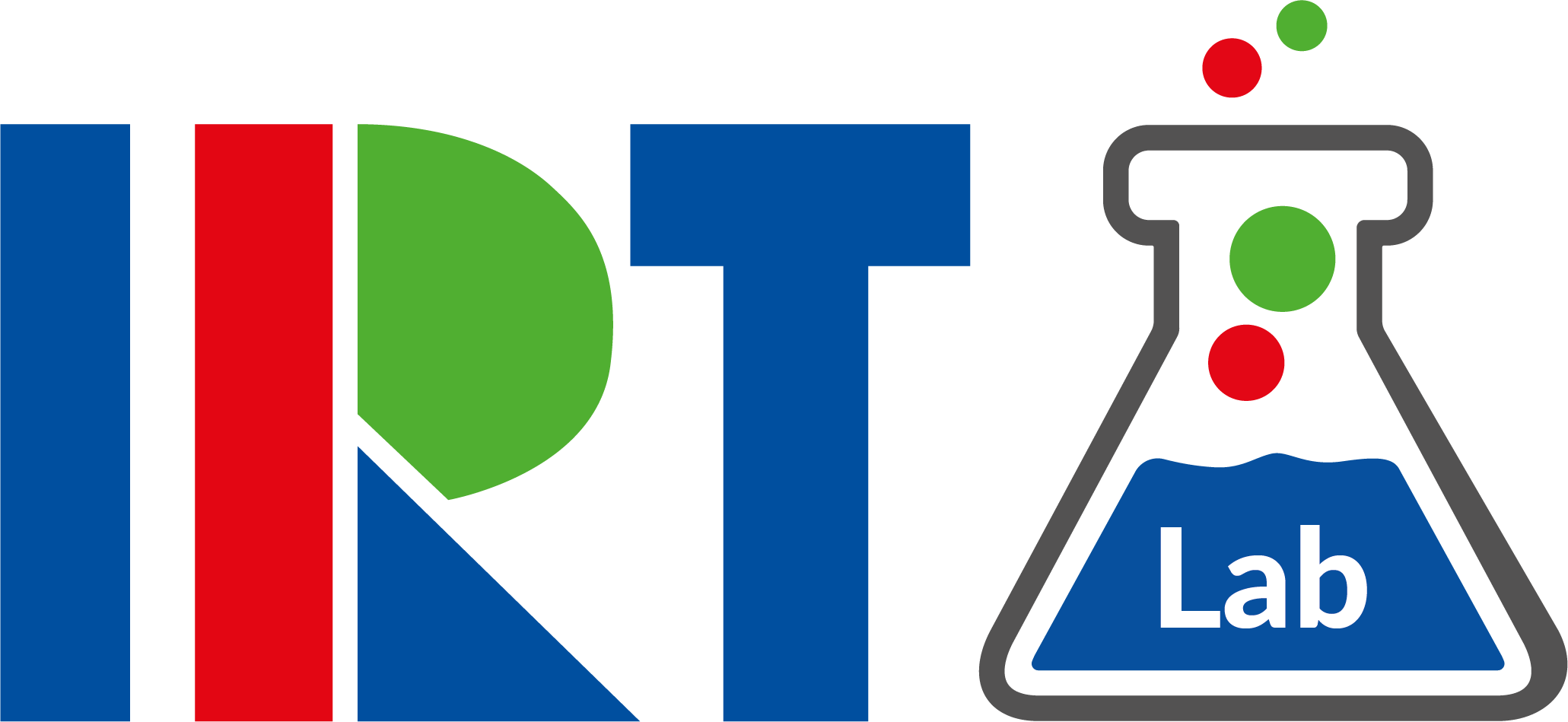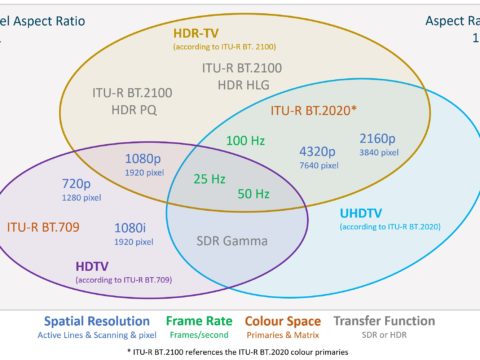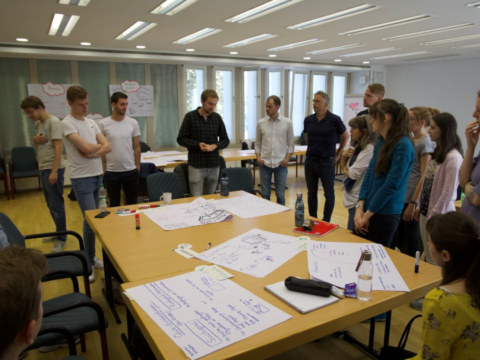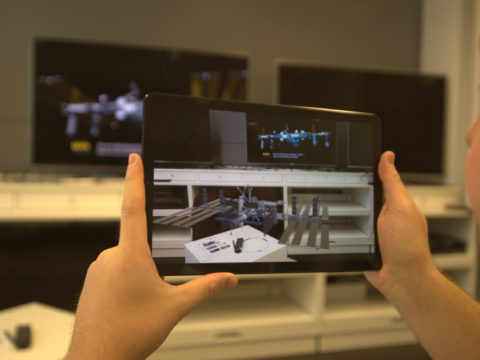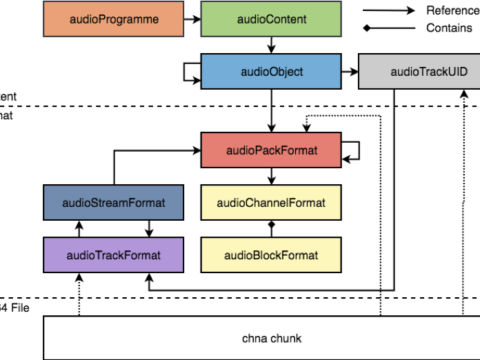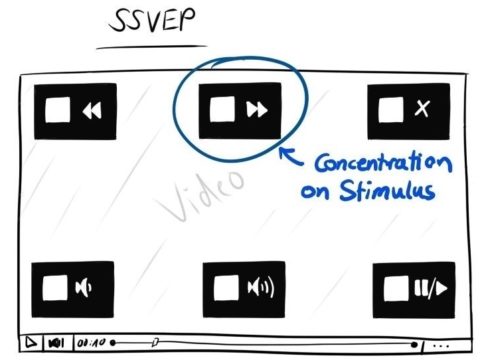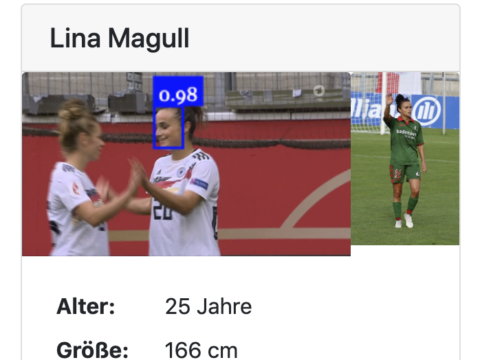UHD? HDR? 4k or 8k? – What’s correct?
There is a large confusion about the different TV-systems we are all talking and writing about. Is it UHD? Is it 4k or 8k? Is it with or without High Dynamic Range (HDR)? And what about the colour space? Where is what defined? Is it possible to agree on a common wording? Looking into the …
